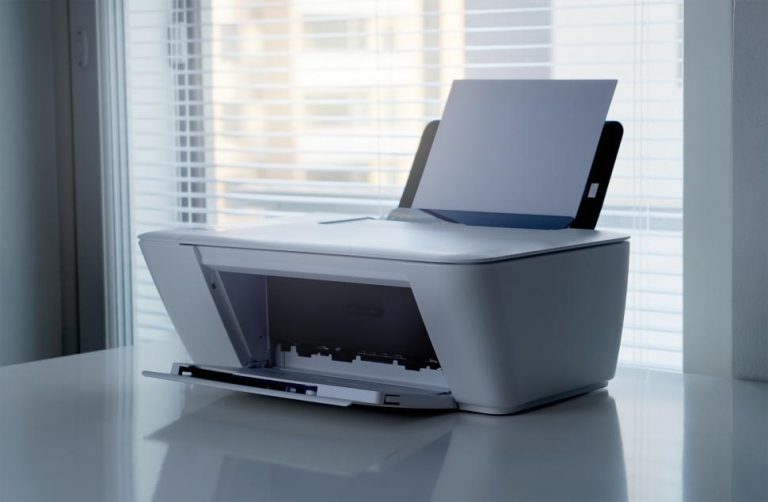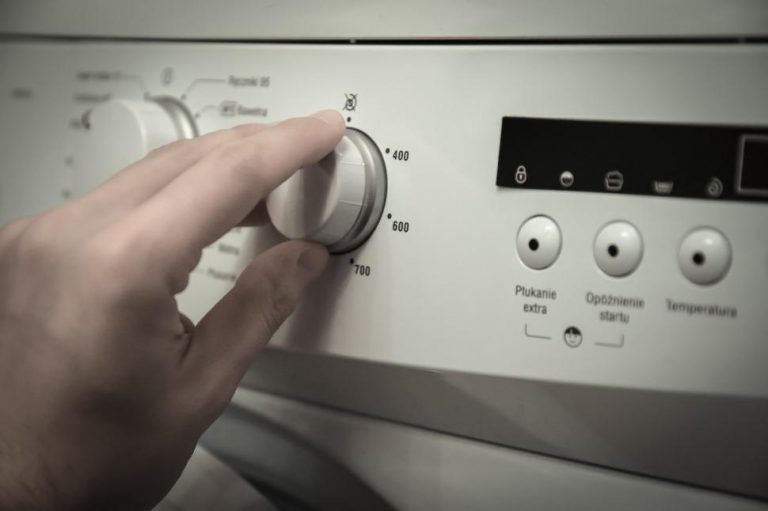5 Factors to Consider When Buying a Vacuum Cleaner
Choosing the right vacuum cleaner can significantly impact the cleanliness and overall air quality of your home. With a wide array of options available on the market, selecting a vacuum that best suits your needs can be daunting. To simplify the decision-making process, it’s essential to consider several key factors that will ensure you invest in a vacuum cleaner that is effective, convenient, and suited to your specific requirements.
In this article, we’ll explore the five crucial factors to consider when purchasing a vacuum cleaner, including type, suction power, filtration system, attachments, and ease of use.
1. Type of Vacuum Cleaner
The type of vacuum cleaner you choose largely depends on your living situation and cleaning needs. Each type comes with its own set of features and advantages, catering to different preferences and requirements.
a. Upright Vacuums
Upright vacuums are a popular choice for many households due to their powerful suction and ease of use. They are ideal for cleaning large carpeted areas and can often switch between carpet and hard floor settings.
- Pros:
- Strong suction power.
- Usually have a larger dust capacity.
- Suitable for deep cleaning carpets.
- Cons:
- Can be bulky and heavy, making them less convenient for stairs or tight spaces.
- Not always the best choice for homes with mostly hard floors.
b. Canister Vacuums
Canister vacuums are versatile and lightweight, making them a good option for homes with a mix of carpeted and hard floors. The separate canister and hose allow for better maneuverability and reach.
- Pros:
- Easier to maneuver around furniture and stairs.
- Usually come with a variety of attachments for different cleaning tasks.
- Better for hard floors and delicate surfaces.
- Cons:
- The separate canister can be cumbersome to carry around.
- Generally have a smaller dust capacity compared to upright vacuums.
c. Stick Vacuums
Stick vacuums are lightweight and compact, ideal for quick clean-ups and smaller living spaces. They are often cordless, which adds to their convenience.
- Pros:
- Lightweight and easy to store.
- Cordless models offer greater mobility.
- Great for quick clean-ups and tight spaces.
- Cons:
- Generally have less suction power than upright or canister vacuums.
- Limited dust capacity and shorter battery life for cordless models.
d. Robot Vacuums
Robot vacuums automate the cleaning process, offering a hands-free solution for maintaining cleanliness. They are ideal for busy households or those who prefer a low-maintenance approach to cleaning.
- Pros:
- Requires minimal effort; the vacuum cleans autonomously.
- Good for maintaining daily cleanliness.
- Can be scheduled to clean at specific times.
- Cons:
- Less powerful suction compared to traditional vacuums.
- Limited in their ability to handle high-pile carpets and deep cleaning.
e. Handheld Vacuums
Handheld vacuums are designed for spot cleaning and are ideal for cleaning small messes, upholstery, and tight spaces.
- Pros:
- Compact and easy to use for quick clean-ups.
- Good for cleaning upholstery, stairs, and small spills.
- Cons:
- Limited dust capacity and suction power.
- Not suitable for large areas or extensive cleaning tasks.
2. Suction Power
Suction power is one of the most critical factors to consider when buying a vacuum cleaner, as it determines the vacuum’s effectiveness in picking up dirt, dust, and debris.
Key Aspects of Suction Power:
- Air Watts: Measure the power of suction and airflow. Higher air watts generally indicate stronger suction.
- Amps: While amps indicate the motor’s electrical consumption, they don’t always correlate directly with suction power. However, higher amps can sometimes mean a more powerful motor.
- Adjustable Settings: Some vacuums offer adjustable suction settings, allowing you to switch between high suction for carpets and lower suction for delicate surfaces or hard floors.
Effective suction power ensures that the vacuum cleaner can efficiently remove dirt and debris from various surfaces, including carpets, hard floors, and upholstery.
3. Filtration System
A good filtration system is essential for maintaining indoor air quality and reducing allergens. If you or anyone in your household suffers from allergies or asthma, choosing a vacuum with an advanced filtration system is crucial.
Types of Filtration Systems:
- HEPA Filters: High-Efficiency Particulate Air (HEPA) filters capture 99.97% of particles as small as 0.3 microns, making them ideal for homes with allergy sufferers.
- Cyclonic Technology: Cyclonic vacuums use centrifugal force to separate dust and debris from the air, reducing the amount of dust that can escape back into the air.
- Activated Carbon Filters: These filters help to neutralize odors and capture volatile organic compounds (VOCs), improving air quality.
A high-quality filtration system helps to trap allergens, dust, and other particles, ensuring cleaner air and a healthier living environment.
4. Attachments and Accessories
Attachments and accessories can greatly enhance the versatility and effectiveness of a vacuum cleaner. Depending on your cleaning needs, certain tools can make tasks easier and more efficient.
Common Attachments and Accessories:
- Crevice Tool: Ideal for cleaning narrow gaps and tight spaces, such as between furniture or along baseboards.
- Dusting Brush: Perfect for dusting delicate surfaces like lampshades, shelves, and blinds.
- Upholstery Tool: Designed to clean furniture, stairs, and car interiors.
- Pet Hair Tool: Specially designed to remove pet hair from carpets, upholstery, and other surfaces.
- Extension Wand: Allows you to reach high or awkward places without bending or stretching.
The right attachments and accessories can help you tackle a variety of cleaning tasks more effectively, making your vacuum cleaner more versatile and useful.
5. Ease of Use and Maintenance
The ease of use and maintenance of a vacuum cleaner can greatly affect your overall satisfaction and convenience. Consider how user-friendly the vacuum is and how easy it is to maintain and clean.
Factors to Consider:
- Weight and Maneuverability: Choose a vacuum that is easy to maneuver and handle, especially if you have a multi-story home or need to clean various surfaces.
- Bag vs. Bagless: Bagless vacuums are often more convenient as they eliminate the need to purchase and replace bags. However, they require regular emptying and cleaning of the dustbin. Bagged vacuums may be more hygienic but require purchasing replacement bags.
- Cord Length and Storage: For corded models, consider the length of the cord and whether it provides enough reach for your cleaning needs. A retractable cord can be a convenient feature. For cordless models, check the battery life and charging time.
- Filter Maintenance: Some vacuums have washable filters that require periodic cleaning. Ensure that you can easily access and maintain the filters to keep the vacuum performing efficiently.
A vacuum cleaner that is easy to use and maintain will save you time and effort, ensuring a more enjoyable and effective cleaning experience.
When choosing a vacuum cleaner, it’s important to consider the type of vacuum, suction power, filtration system, attachments, and ease of use. By evaluating these factors based on your specific cleaning needs and preferences, you can make an informed decision and select a vacuum cleaner that will efficiently and effectively keep your home clean. Remember that investing in a high-quality vacuum cleaner that meets your requirements will not only enhance your cleaning routine but also contribute to a healthier living environment.





